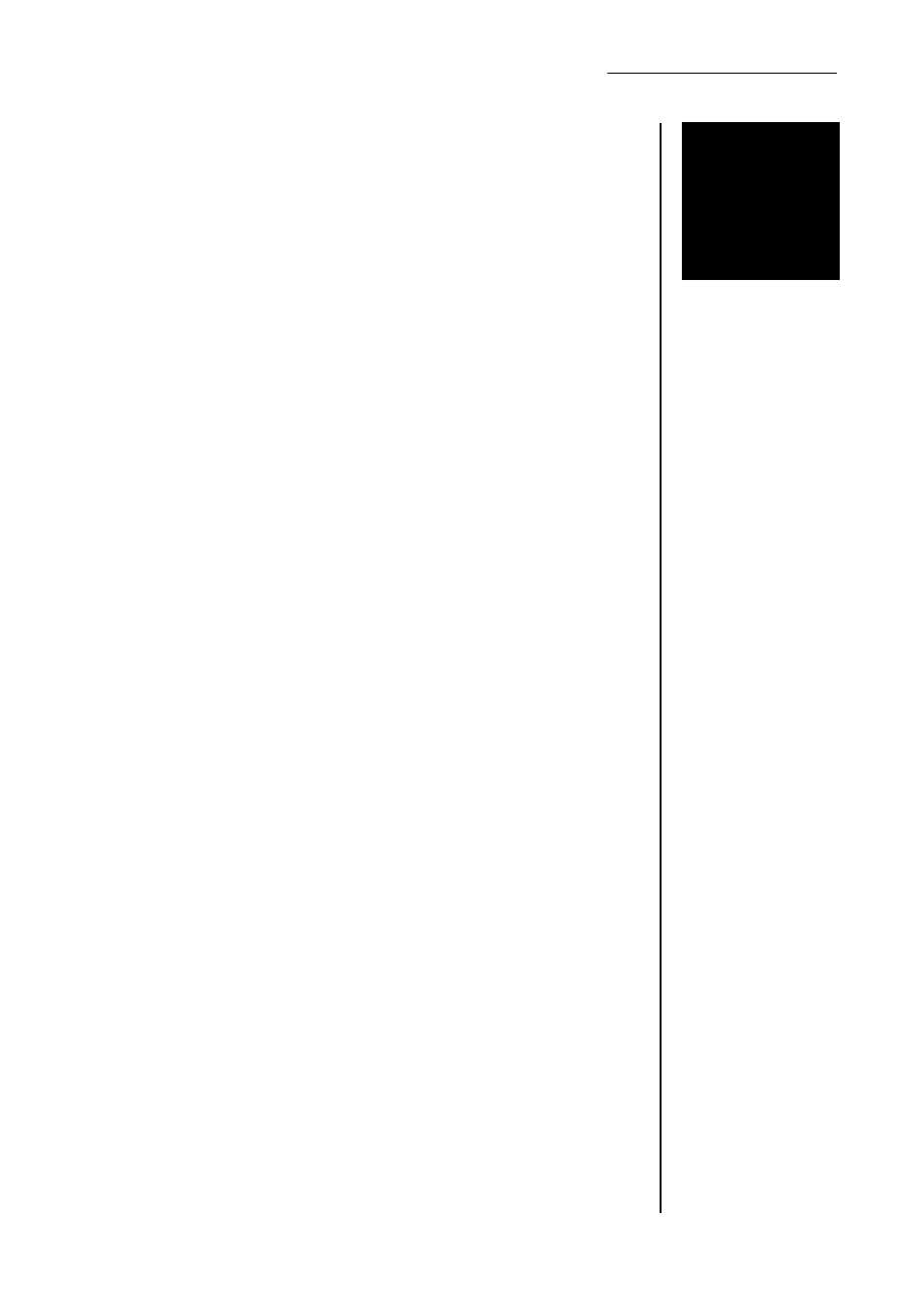Functional description – Junger Audio d02 - Digital Dynamics Processor User Manual
Page 23

4. FUNCTIONAL DESCRIPTION
FUNCTIONAL DESCRIPTION
4
After switching the power on, the digital dynamics processor d02
automatically chooses the settings used before the power was turned
off.
Power-on Setting
All parameters used, e.g. input, preset, gain, compressor, expander
and display, are stored and re-applied. The only exception is the limiter
which, as a safety function, is always activated when the power is
switched on.
The device is capable of processing digital audio signals as well as
analog audio signals. The unit accepts an AES/EBU format digital
audio signal. In the case of a digital audio input signal being
processed the internal sampling frequency of the unit is
automatically synchronised to that of the digital input signal. The
sampling frequency may be any frequency in the range 30KHz to
50KHz. The d02 directly measures the actual sampling frequency of
the AES/EBU input signal with a frequency counter. It does not rely
on the indicated sampling frequency of the AES/EBU input signal,
which is contained in the signals "channel status" data, being
correct.
Digital input signals
If the measured input signal sampling frequency is one of the
standard frequencies (32kHz, 44.1kHz or 48kHz) then a
corrresponding LED will light yellow in the input section on the units
front panel. Continuous lighting yellow of an LED also indicates that
the digital input signal is a valid AES/EBU digital audio signal which
the d02 can synchronise to properly.
Digital input signals
- sample frequency
If AES digital input is selected but the d02 can not synchronise
properly to a supplied AES/EBU input signal (for example because
there is no valid input signal or because the input signal has a
sampling frequency outside the admissable tolerance range)
then all three "sampling frequency" LED's in the input section of the
d02 front panel will flash red. Digital audio input signals in the
standard AES/EBU format pass from the AES/EBU input connector
through a transformer (as specified by the AES/EBU standard) to
the AES/EBU interface circuitry. The AES/EBU input circuitry
derives the d02's internal sampling frequency from the AES/EBU
input signal and seperates the audio data in the AES/EBU bit
stream from additional control bits, such as channel status data bits
(C-bit) and user bits (U-bit). The audio sample data is converted
from AES/EBU format into the d02's internal digital format for
processing. Data in AES/EBU control bits (C-Bit, U-Bit) will be
passed from the AES/EBU digital input to the AES/EBU digital output
unchanged.
Digital input signals
- AES/EBU
4-1
